Working with trusted vendors, companies can develop long-term relationships that grow as your business expands. But what happens when you want to sell new products that aren’t available through your verified list of vendors? Sourcing items for your next new product line can present several challenges for your business, particularly when you may not be familiar with the competitive pricing and quality variables of the new products you want to offer your customers. In general, companies go through a request for proposal or RFP process that usually involves three to eight qualified suppliers, who are invited to bid for contracts to supply goods or services.
Companies want a good sampling of the offerings on the market but not so many as to get overwhelmed by the process. When price is the primary or only criteria, some procurement teams open the bidding process to all suppliers, intent on purchasing goods and services at the lowest price. This competitive bidding stimulates the competition and may prevent favoritism.
Different Types Of Procurement Processes
Some companies run a RFI and/or RFQ, also known as a Request for Information and/or a Request For Quote, before sending suppliers an RFP package. This can narrow or expand the field depending upon the results. Sometimes these documents are even included in the RFP package. The most common RFPs are utilized for open, invited and reverse auction bidding processes.
Whether you run an invitation or an open bid RFP, sources say that it’s a good idea to do both as sealed bid sessions. Sealed bids refer to a bidding process where all suppliers submit their bids in sealed envelopes that cannot be opened until after the bidding deadline. This process helps avoid fraud and bid leakage prior to the conclusion of the bidding cycle.
Preparation Helps You Envision The “Big Picture”
Many considerations concerning the product and the supplier go into creating an effective RFP. Breaking these considerations into workable parts and digging into the specifics can help keep your goal of finding and selecting new products with the best value proposition in focus. Procurement teams not only peruse the product, they also examine the suppliers’ background and business history.
Taking the time to prepare throughout each step will help the entire process go as smoothly as possible, it’s a good idea to spend adequate time on preparation to be sure the metrics you use are the most relevant for your product acquisitions. Visualizing the entire RFP process during the preparation phase, from invitation to awarding a contract to closing a deal, will help you stay focused on the ultimate goal. At the conclusion of the preparation stage, you should be ready to compile the necessary RFP documents.
Document Package
Although the documents you use may vary somewhat from category to category, the most widely used RFP documents include:
Invitation And Description
Introduce and describe your company. Use background information that will be useful to the suppliers you want to attract. Next, introduce your project and clearly outline the purpose of your project. Specificity in your project details will help suppliers and your team cut down on questions from the bid participants.
GTC—General Terms And Conditions
The GTC or contract template provides bidders a format or framework to follow when preparing their responses. This document should clearly state which terms are negotiable and which terms are deemed non-negotiable. Again, the clarity of this document will cut negotiation times down when closing your RFP.
Pricing Template
Prepare a pricing template that gives participants a format suppliers must follow in order to submit a bid. When you use the same format for all participants, you can easily compare bids. You may want to request that suppliers provide a breakdown of cost elements, by asking them to define the price breakdown in your pricing template.
Pre-Qualification Requirements And Questionnaire
Documentation is required to pre-qualify suppliers. Usually, this documentation is requested before the RFP process, by running an RFI. Some product management companies will run RFIs and RFPs at the same time because they will be using different suppliers for different projects.
Often, a signed NDA, (non-disclosure agreement) or a confidentiality agreement is required prior to the supplier obtaining the RFP documentation package. Prequalification requirements tend to vary according to product categories.
Criteria And Weights Used For Awarding
To ensure transparency and keep the RFP process as easy to understand as possible for suppliers, a thorough description of the awarding criteria and weights you plan to use to select a bid winner should be included in your RFP documentation. Examples of criteria used to weigh suppliers’ qualifications in awarding bids include:
- Initial price of product or service
- Product’s functionality or range of services
- Product lifetime and total cost of ownership
- Cost drivers of product or service
- Associated risks related to product or service
- Ability to commit to and meet stated requirements
- Risk associated with supplier, including financial, delivery, quality compliance, and sustainability
Criteria should be weighed according to how important they are to business objectives. To ensure alignment, internal stakeholders should be involved when determining awarding criteria. The next step will be to send selected participants the entire document package, allowing time for participants to respond with all necessary information.
Managing The RFP Process
During the bidding process, treat all participants with equal value. All responses to individual supplier’s inquiries should be distributed to all bid participants, to avoid disputes. As stated before, sealed bids offer the optimal option in dissuading all parties from unethical activities, such a price leakage. Sealed bids should not be opened by anyone, not even the buyer until after the bidding deadline.
Awarding
Once the bids are in, you will need to collect them and evaluate them. If you did your homework and provided pricing templates, this is where your prep pays off. You will easily be able to compare bids plus criteria and weight information.
Choose a wider group of people, including internal stockholders as part of a tender committee to select a winner, based on predefined criteria. After awarding a winner, it’s always a good idea to generate a report that includes the total number of submissions from suppliers, the number of disqualifications and the reasons for the disqualifications. Also, include the criteria used to decide a winner and how each team member voted. Internal auditors show considerable interest in the award process and like to see this documentation.
Closing
With a winner selected, the final step of the RFP process involves setting up a meeting to sign the contract and close the deal. Equipped with your GTC and other contract terms you included in your RFP package, closing should go smoothly, without any complications. Neglecting to include specific terms and contract info, however, can turn your closing into a lengthy negotiation process that may affect the prices levels agreed upon.
Good Closing Practices Include:
- Provide feedback to all participants.
- Thank all suppliers for their participation.
- Do not announce your decision until after the contract is signed. This prevents contract winners from developing a desire to negotiate and delay contract signing.
- Do not publish the winning bid, as it’s considered unethical to do so.
Negotiations And Reverse Auctions
Sometimes at the conclusion of an RFP process, when price targets aren’t reached, buyers can perform a second round of bids with limited participants, where you tell the participants the price targets you were shooting for. This type of bidding is known as a reverse auction.
In some situations, bidding won’t work in purchasing new items. The RFP process takes time to complete and, in some situations, you may have to negotiate a price. Price negotiations are necessary when the number of suppliers is too limited to create competitive bids and also when:
- A significant amount of money is involved.
- The price includes an ongoing effort.
- The price for new technology has not been determined.
- The project depends on a financial investment from the supplier.
When negotiating prices, learn as much as you can about the company and the product. Research costs associated with providing the product or service and understand your requirements for the project thoroughly. Work with your vendors to make supplying the products or services attractive to both parties.
The RFP procurement and bidding process can be one of the best ways to bargain for new products or services. Phase V Fulfillment Company is ready to help you integrate your new line of products into a customized program that can streamline your supply chain processes and inventory management systems. As you grow with new product lines, we help you save money and time as your business expands. Phase V – come grow with us!



